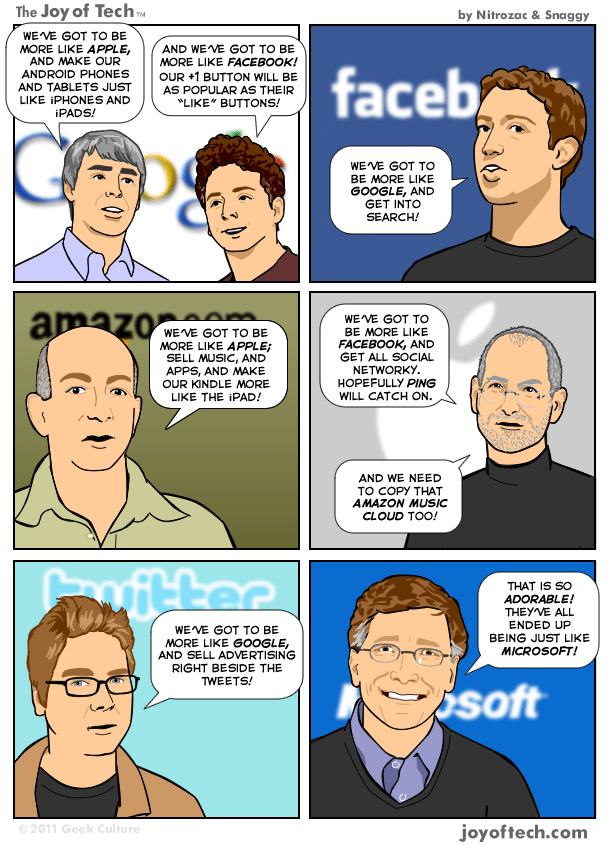Majority of Irish students favor use of private devices and Facebook…
 What will companies say if employees want to bring their own devices to work? How about security issues and support opportunities for companies? A real challenge for the future when we look at an Irish study that interviewed 164 students in secondary school and at third level in order to understand how this generation is communicating these days.
What will companies say if employees want to bring their own devices to work? How about security issues and support opportunities for companies? A real challenge for the future when we look at an Irish study that interviewed 164 students in secondary school and at third level in order to understand how this generation is communicating these days.
The study by IT distributor Data Solutions on behalf of Blue Coat Systems shows that more than 60% of young people expect their employers to allow them to use their own personal devices (i.e. smartphone, laptop, etc.) for work purposes in the future.
The argumentation behind their expectations are obvious: They know how to use our private devices, so they don’t need to learn new technology which saves the company time and money. The challenge for companies will be to establish a set of new policy and security guidelines, as well as data safety and storing options.
“More than 85% of the students surveyed own or have access to a laptop, and almost 40% own a smartphone. This facilitates the trend towards ‘bringing your own device’, and every business is going to have to learn to accommodate this trend while ensuring security (…) When today’s students enter the workforce they will be completely in tune with the new ways of communicating and collaborating online, as most are already using social networking sites, blogs, Skype or instant messaging. Employers now need to look at new ways to facilitate their needs and expectations.” Michael O’Hara, Managing Director, Data Solutions
The study also shows the bluring use of email comunication. 75% of Irish students favor social networking sites like Facebook as their main channel for communicating online these days. Just 6% prefer to use email.
Spot On!
The study findings illustrate that social media sites continue to be on the rise in popularity, and it indicates how older traditional online communication tools like email become less attractive. When 88% have a Facebook account, it is not surprising that they are not swappping to Outlook anymore when communicating with each other, not matter if business or private. And it seems that this will have the same effect on the hardware and devices they want to use. Maybe we just need a separate login on our computers in the future? What is your view on this development…?



 As Facebook and Twitter are becoming stronger and stronger, the search giant Google had to do something about it. Especially, after
As Facebook and Twitter are becoming stronger and stronger, the search giant Google had to do something about it. Especially, after 





 Almost two years ago, I have written about the development on Twitter that positive comments are not rated in a way they should (in my eyes). Those days I asked the question if the
Almost two years ago, I have written about the development on Twitter that positive comments are not rated in a way they should (in my eyes). Those days I asked the question if the